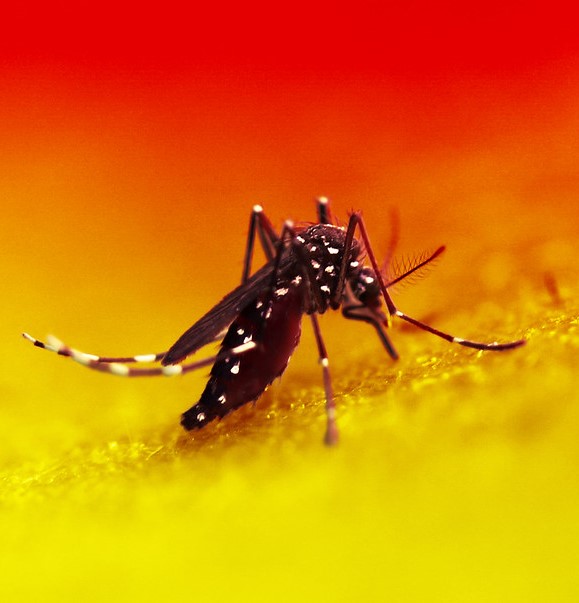
Bangladesh is experiencing an unusual surge in dengue activity that started earlier than usual and is occurring with a relatively high case-fatality rate (CFR), the World Health Organization (WHO) said today in an outbreak notice.
The spike started in late June and has so far resulted in 69,483 lab-confirmed cases, 327 of them fatal, for a CFR of 0.47%. Nearly two thirds of the cases and deaths were reported in July. Activity is fueled by high rainfall amounts that, along with high temperatures and high humidity, have led to an increase in mosquito populations throughout Bangladesh.
Cases and deaths are tracking higher than in similar periods for the past 5 years and are at their highest levels since 2000. Outbreak activity hasn't likely peaked, the WHO said. The CFR is higher in females, especially younger adult women. The overall CFR is also higher in seniors than in younger adults.
Serotype 2 predominant
The predominant virus is dengue serotype 2, which hasn't been the country's dominant serotype since 2018, when it was replaced by serotype 3. The WHO said the shift in serotypes may be contributing to more severe infections and hospitalizations when patients are infected for a second time with a different serotype.
Bangladesh's climate conditions are becoming more favorable to transmission of dengue and other vector-borne diseases owing to excess rainfall, waterlogging, flooding, temperature rises, and unusual seasonal shifts, the WHO warned.
Yesterday WHO Director-General Tedros Adhanom Ghebreyesus, PhD, said on Twitter that the WHO is worried about a rise in dengue activity across Southeast Asia, especially in Bangladesh, in part because of the climate crisis. In a weekly epidemiologic report, the WHO's Southeast Asia regional office noted a sharp dengue rise in Nepal and a more modest rise in Thailand.













